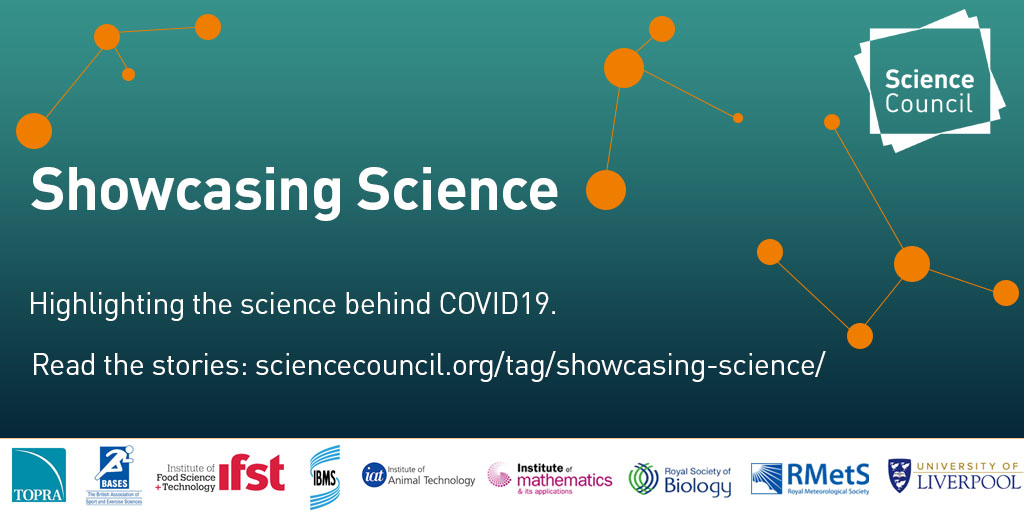
Showcasing Science: COVID-19 and the regulatory considerations for vaccine development
This article was originally published by Bruno Speder, TOPRA Magazine
The COVID-19 pandemic is a dynamic situation, but there is one constant long-term goal: the development of a safe and effective vaccine that can be produced on a massive scale in a relatively short timeframe.
Vaccine development is a difficult undertaking. In general, the average vaccine takes around about ten years to develop and has a high-failure rate. Approximately 90% of them fail to reach the market. An effective and safe vaccine will, however, be one of the cornerstones to control and hopefully eradicate the current pandemic.
Multiple vaccines are currently under development, ranging from DNA and RNA vaccines to live-attenuated and non-replicating vector vaccines and in several stages of development, going from nonclinical to phase II.
The development of a vaccine for a pandemic disease has additional challenges, namely that different steps that are usually taken sequentially are currently being done simultaneously.
Scientists are on one side trying to understand the disease and the immunological response, while at the same time developing and testing vaccines. New emerging information about the nature of the pathogen that improve our understanding of the disease could have far-reaching impacts on the best way to develop an effective vaccine. Not only do we have the difficulty of having to manage constantly moving pieces but, given the urgency of the public health crisis, this also has to be done in a tight timeframe.
For a SARS-CoV-2 vaccine, although the virus’s spike protein is a promising immunogen for protection, optimising antigen design is of the utmost critical importance to ensure optimal immune response. Debate continues over the best approach: target the full-length protein or only the receptor-binding domain.
Non-clinical experience with previous SARS and MERS vaccine candidates has raised concerns about exacerbating lung disease, either directly or as a result of antibody dependent enhancement. Such an adverse effect may be associated with a type 2 helper T-cell (Th2) response. Hence, testing in a suitable animal model and rigorous safety monitoring in clinical trials will be essential. As it is expected that any vaccine for COVID-19 will be administered to large amounts of subjects, it will be critical to assess the risk–benefit ratio of any vaccine candidate carefully.
A potential solution to have early efficacy data and to detect any disease exacerbation would be the use of a COVID-19 controlled human infection model (CHIM) model. In a CHIM study, a well-characterised strain of an infectious agent is given to carefully selected adult volunteers after they have been vaccinated. These studies play a vital role in helping to develop vaccines for infectious diseases and have become widely accepted as an alternative to traditional early stage field trials to show the efficacy of antiviral and vaccine therapeutics in respiratory syncytial virus (RSV), influenza and other diseases. Conducting challenge studies in a controlled quarantine environment allows for a superior study design and allows to establish an early efficacy profile. This critically accelerates the selection of a safe and effective dose and dosing regimen for a new vaccine.
The World Health Organization has recently published a paper (https://bit.ly/2Xmvup6) to discuss the ethical considerations of a COVID-19 CHIM trial, discussing under which conditions this type of trials could be done. Several discussion points, however, remain and should be discussed with the applicable regulators. These include the choice of COVID-19 strain (wild-type versus attenuated), current lack of any rescue medication to be administered to the subject, etc. Regulators have been scrambling to support companies in the development of their vaccines. The European Medicines Agency (EMA), for example, issued a guidance (EMA/213341/2020 EMA initiatives for acceleration of development support and evaluation procedures for COVID-19 treatments and vaccines to support development and regulatory approval for treatments and vaccines for COVID-19) with the involvement of the dedicated EMA Pandemic Task Force (COVID-ETF). It sets out the available regulatory pathways to fast-track assessment of both new or repurposed methods of treating or preventing COVID-19. The US FDA issued similar guidance as did several national competent authorities in Europe.
Among the measure taken by the EMA are an accelerated scientific advice procedure, taking as little as 20 days. The EMA will also accelerate the marketing authorisation procedure whereby, depending on the quality of the submitted data, the minimum duration of the procedure could be as short as 80 days or even fewer.
In the very dynamic field of COVID-19 vaccine development, a balance between speed, quality, safety and efficacy will need to be carefully maintained, posing a challenge to both industry and regulators alike.
This article was published as part of our Showcasing Science series, read the rest of the blogs here.
